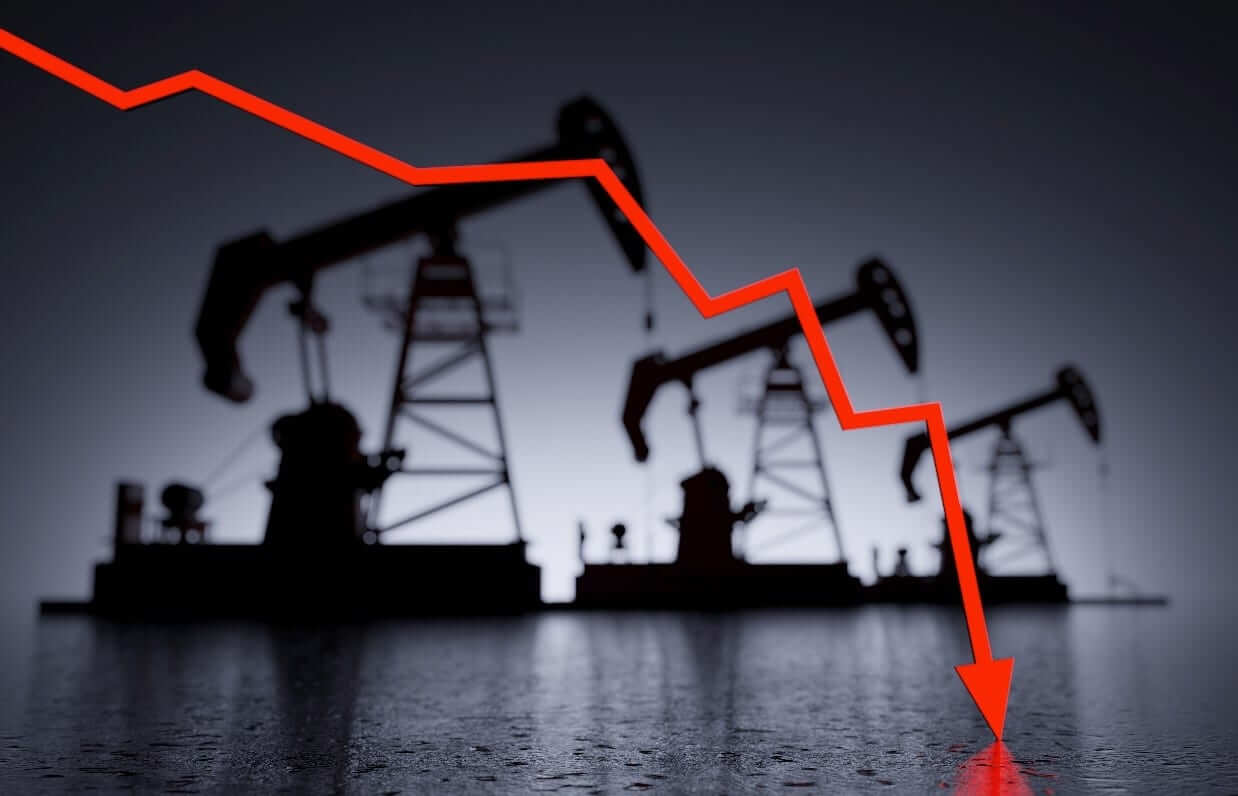
Oil Prices Are Falling, Supply Concerns Remain
Oil prices dipped on Monday, trimming early gains as investors profited from a rally the day before, although under the shadow of supply fears as the European Union prepares an import embargo on Russian oil and OPEC output remains capped.
At 0653 GMT, Brent crude prices were down $1.42, or 1.3 percent, at $110.13 per barrel, while WTI crude futures were down $1.10, or 1.0 percent, at $109.39 per barrel. Both benchmarks had previously risen by more than $1 a barrel, with WTI reaching its highest level since March 28 at $111.71. “After a strong increase last Friday, investors snatched up profit,” said Naohiro Niimura, a partner at Market Risk Advisory.
Outlook On the Oil Market
“However, oil prices are projected to continue close to present levels near $110 a barrel until late this year owing to diminishing global demand,” he added, citing a proposed EU embargo on Russian oil and a gradual increase in OPEC supply. Despite concerns over supplies in eastern Europe, the European Union hopes to agree on a phased embargo on Russian oil this month, four diplomats and officials said on Friday, dismissing suggestions of a delay or watering down measures. Moscow imposed sanctions on numerous European energy businesses this week, prompting supply concerns.
Elsewhere Due to under-investment in oilfields in certain OPEC members and, more recently, reductions in Russian output, OPEC+ – the Organization of the Petroleum Exporting Countries (OPEC) and allies, including Russia – has been undershooting previously agreed targets for output increases. OPEC’s output increased by 153,000 barrels per day (bpd) in April, to 28.65 million bpd, falling short of the 254,000 bpd increase allowed under the OPEC+ agreement. To add to the strain, China processed 11% less crude oil in April than a year ago, with daily throughput dropping to its lowest level since March 2020 as refiners cut back on operations owing to widespread COVID-19 lockdowns.
In April, China’s retail sales plunged 11.1 percent, and industrial output declined 2.9 percent, as lockdowns wreaked havoc on consumption, manufacturing, and employment, fueling worries that the economy may contract in the second quarter. Meanwhile, on Monday, U.S. gasoline futures hit a new high as declining inventories fueled supply fears.


